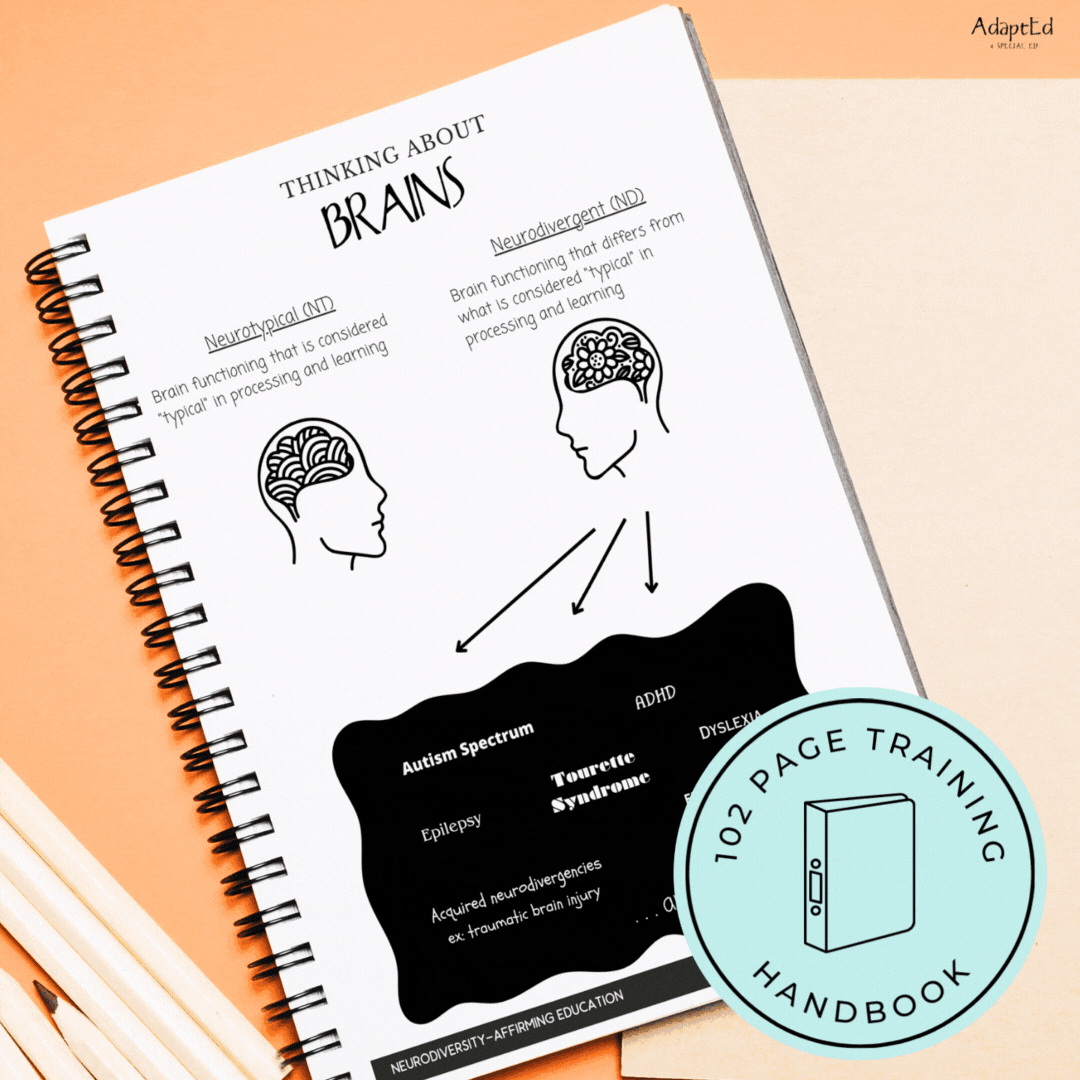In today's diverse classrooms, adapting teaching methods to support neurodivergent students is more important than ever.
Neurodivergent individuals, including those with autism, ADHD, dyslexia, and other neurological variations, have unique needs and strengths that can be addressed with thoughtful and inclusive teaching strategies.
By implementing these methods, educators can create an environment where all students can thrive.
Understanding Neurodivergent Students
Neurodivergent students often face challenges in traditional educational settings. They might struggle with social interactions, communication, sensory sensitivities, attention, and executive functioning.
However, they also bring unique perspectives and abilities that can enrich the learning experience for everyone. The key is to recognize and celebrate these differences while providing the necessary support.
Practical Strategies for Inclusive Teaching
Here are some effective strategies for adapting teaching methods to better support neurodivergent students:
-
Individualized Learning Plans: Develop personalized learning plans that cater to each student's strengths and challenges. This may include specific goals, accommodations, and teaching methods tailored to their needs.
-
Flexible Seating and Movement: Allow students to choose their seating arrangements and incorporate movement breaks. Some neurodivergent students may benefit from standing desks, fidget tools, or the ability to move around the classroom.
-
Visual Supports: Use visual aids such as charts, diagrams, and color-coded materials to help students understand and retain information. Visual schedules can also provide structure and predictability.
-
Sensory-Friendly Environment: Create a sensory-friendly classroom by minimizing harsh lighting, reducing noise levels, and providing quiet areas where students can retreat if they feel overwhelmed.
-
Clear and Consistent Instructions: Give clear, concise instructions and use consistent routines. Breaking tasks into smaller, manageable steps can help neurodivergent students stay on track.
-
Assistive Technology: Utilize assistive technology tools such as speech-to-text software, audiobooks, and educational apps to support learning and communication.
-
Collaborative Learning: Encourage group work and peer support, but be mindful of social dynamics. Assign roles within groups to ensure that each student can contribute in a way that suits their abilities.
-
Positive Reinforcement: Use positive reinforcement to celebrate achievements and encourage desired behaviors. This can include verbal praise, reward systems, and other incentives.
-
Professional Development: Educators should seek ongoing professional development opportunities to learn about the latest research and best practices in neurodiversity inclusion.
For additional study tips specifically for neurodivergent students, check out this article.
Embracing Neurodiversity with the Right Resources
To effectively support neurodivergent students, educators need the right tools and resources. The Neurodiversity Affirming Handbook from AdaptEd is an invaluable resource for teachers, parents, and anyone involved in the education of neurodivergent individuals.
This comprehensive handbook offers practical strategies, insights, and tools to create a more inclusive and supportive learning environment.
By embracing neurodiversity and adapting teaching methods, we can ensure that all students have the opportunity to succeed and thrive.
Together, we can create classrooms that celebrate and support the unique strengths of every learner.



